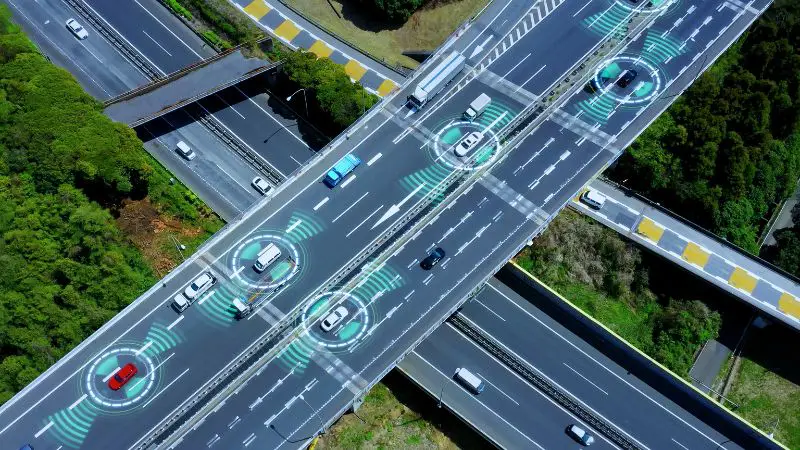The current trends in the global automotive market are driven by the CASE framework: Connected, Autonomous, Shared, and Electric. This article delves into the autonomy aspect of the industry, focusing on the SAE level classifications that determine the level of autonomous features in vehicles.
SAE Level 0 vehicles require continuous driver involvement for all manoeuvres and possess no driving automation. Level 1 vehicles feature systems that aid in acceleration, braking, or steering, but do not fully meet the criteria for autonomous technology. Global automakers and technology companies have been heavily investing in autonomous driving, with companies like Tesla, BMW, and Honda introducing different levels of autonomous driving technology in their vehicles.
At Level 2, vehicles feature partially automated driving functions, while at Level 3, the system can take over driving operations under certain conditions, but the driver must be ready to take over when necessary. Moving to Level 4, autonomous vehicle systems take full responsibility for driving and navigation within a defined operational domain, and Level 4 automation systems are best suited for applications such as driverless taxis and shuttle services. Level 5 represents the pinnacle of autonomous driving, where vehicles take complete control over all driving and navigational tasks under all conditions.
Adoption of ADAS (Advanced Driver Assistance Systems) technology is also increasing in the Indian passenger car market; premium SUVs and sedans are leading the way in this technology. The hatchback segment, on the other hand, recorded very high adoption rates. Little.
Looking ahead, it is projected that India’s domestic market for passenger vehicles with ADAS will surpass $1 billion by fiscal year 2028, with midsize and utility vehicles expected to see the highest ADAS penetration. Additionally, cutting-edge players in the Indian industry showcased their work on indigenous ADAS solutions, focusing on the application of these capabilities in the automotive industry to improve their safety and efficiency.
Overall, the global automotive industry is rapidly advancing in autonomous driving technology, with companies around the world striving to achieve higher levels of autonomy in vehicles, while also taking into account regional preferences and driving conditions.

